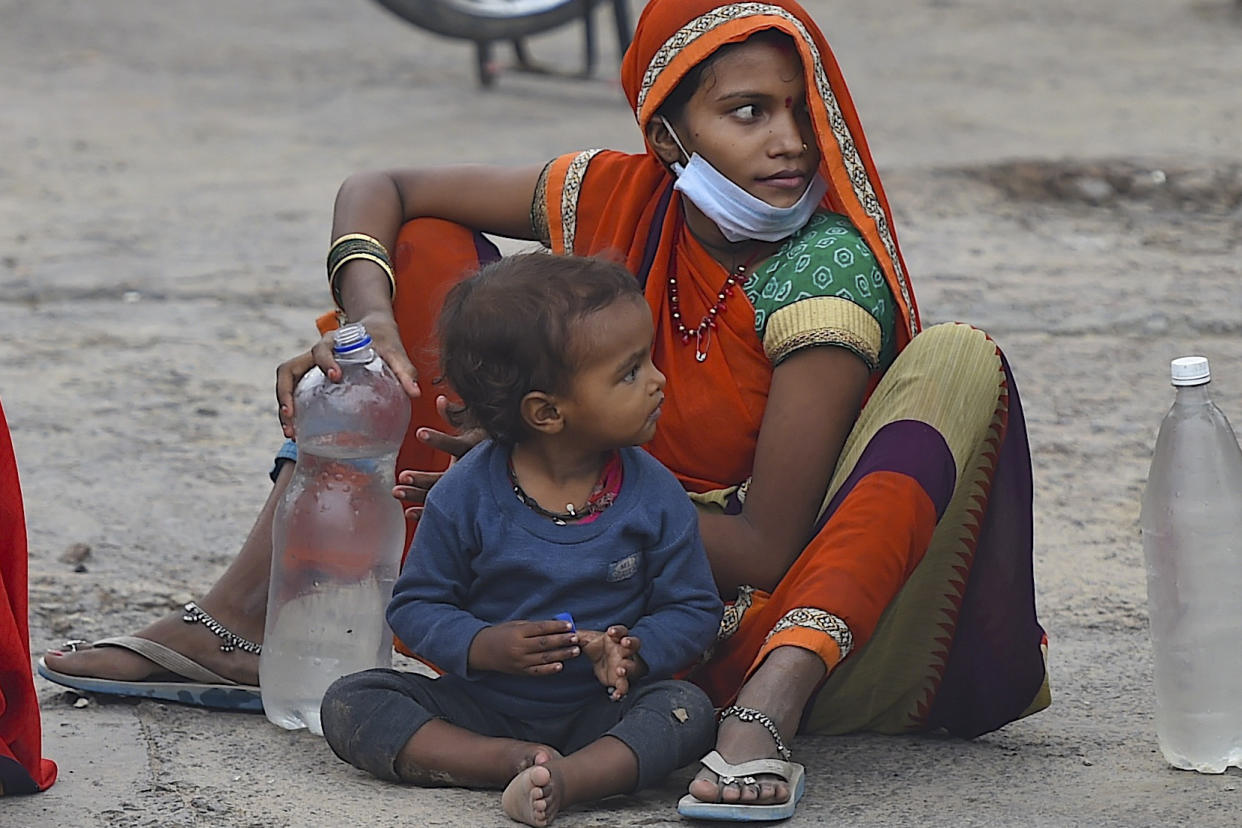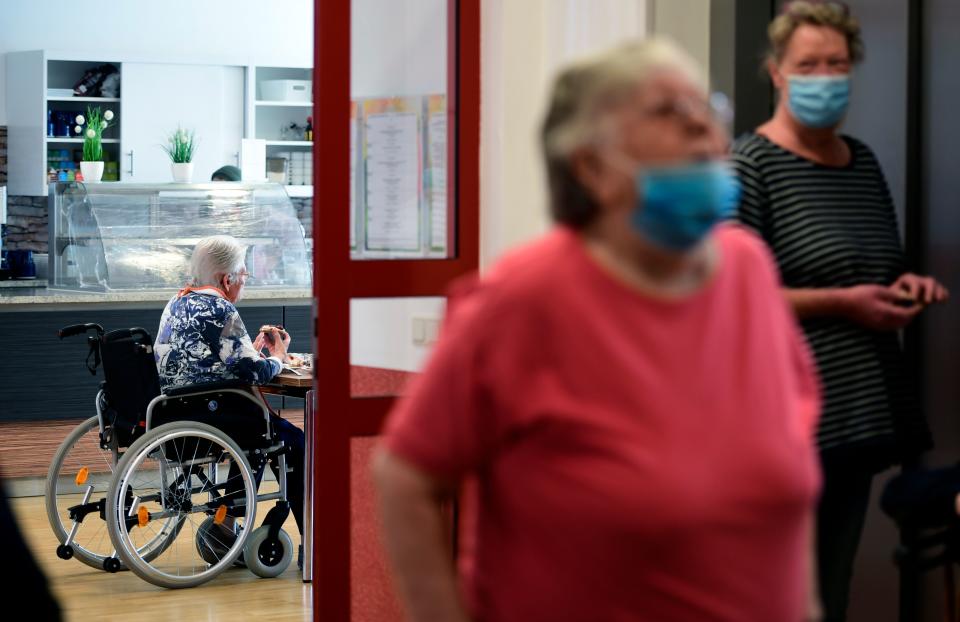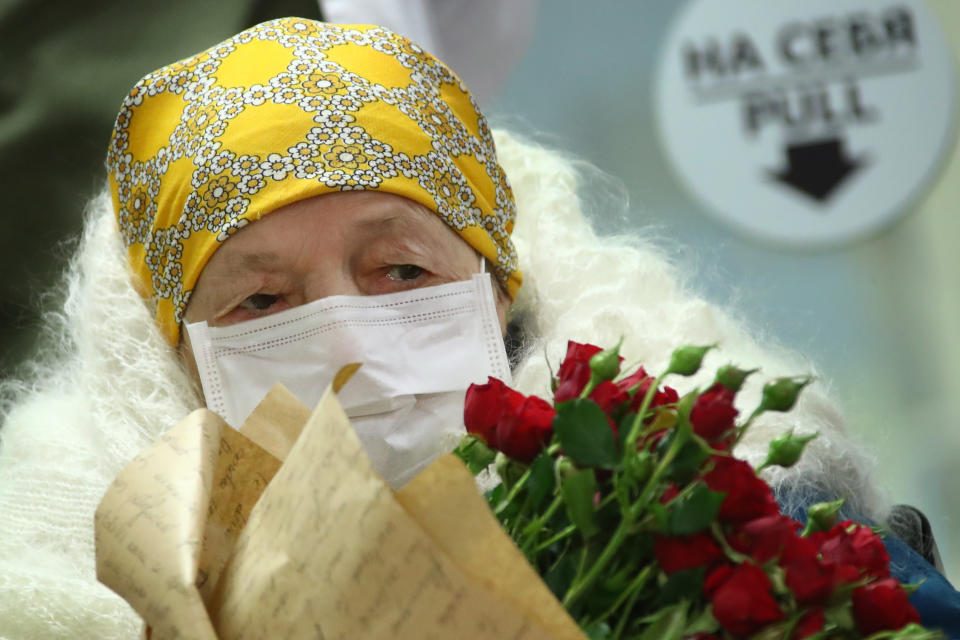Coronavirus threatens to ‘throw off track’ growing life expectancy around the world

People around the world were living longer, healthier lives before the emergence of the coronavirus at the end of 2019, statistics have shown.
Residents of low-income countries lived on average 11 years longer in 2006 than 2000, according to data released by the World Health Organization (WHO).
This has largely been put down to the prevention and treatment of infections like HIV, malaria and tuberculosis.
Amid the coronavirus outbreak, experts have warned progress may be “thrown off track”.
An analysis by Unicef and John Hopkins University claimed child deaths could rise by 6,000 a day if the pandemic disrupts vaccinations, postnatal care and medical treatment.
Early research suggests the coronavirus is mild in four out of five cases, however, it can trigger a respiratory disease called COVID-19.

Coronavirus: ‘The world battles the most serious pandemic in 100 years’
“The good news is people around the world are living longer and healthier lives”, said Dr Tedros Adhanom Ghebreyesus, WHO’s director-general.
“The bad news is the rate of progress is too slow to meet the sustainable development goals (SDG) and will be further thrown off track by COVID-19.”
Latest coronavirus news, updates and advice
Live: Follow all the latest updates from the UK and around the world
Fact-checker: The number of COVID-19 cases in your local area
Explained: Symptoms, latest advice and how it compares to the flu
SDGs have been adopted by all members of the UN.
They aim to end poverty by improving health and education, reducing inequality and spurring economic growth, while tackling climate change.
The WHO collects statistics every year to monitor the global population’s health.
Between 2000 and 2006, life expectancy in low-income countries rose by 21%.
This is compared to a 4%, or three year, increase in richer nations.
As well as better treatment for infections like HIV, improvements to maternal and infant healthcare halved child mortality between 2000 and 2018.
Progress had been stalling, however, which may be made worse by the coronavirus.
Immunisation coverage has barely increased in recent years, leading to fears gains in the fight against malaria may be reversed.
Statistics show only a third to half of the world’s population was able to access essential healthcare in 2017.
In more than four out of 10 (40%) countries, there are fewer than 10 doctors per 10,000 people.
Over half (55%) of nations also have fewer than 40 nurses and midwifes per 10,000 people.
This has partly been put down to an inability to pay for healthcare.
The WHO estimates that in 2020, around 1 billion people (almost 13% of the global population) will spend at least 10% of their household budget on healthcare. Most of these live in lower middle-income countries.
There is also an overall shortage of services to prevent and treat non-infectious diseases like cancer, diabetes and stroke.
In 2016, seven in 10 (70%) of all deaths worldwide were linked to conditions like these, with most (85%) occurring in low and middle-income countries.
The issue of poor sanitation is particularly timely given the coronavirus outbreak.
In 2017, more than half (55%) of the global population is thought to have lacked access to safely-managed sanitation services.
Nearly a third (29%) did not have access to drinking water.
That same year, two in five households (40%) did not have soap or water.
“The COVID-19 pandemic highlights the need to protect people from health emergencies, as well as to promote universal health coverage and healthier populations to keep people from needing health services through multi-secotral interventions like improving basic hygiene and sanitation,” said Dr Samira Asma, assistant director general at the WHO.
“The message from this report is clear: As the world battles the most serious pandemic in 100 years, just a decade away from the SDG deadline, we must act together to strengthen primary healthcare and focus on the most vulnerable among us in order to eliminate the gross inequalities that dictate who lives a long, healthy life and who doesn’t.”

What is the coronavirus?
The coronavirus is one of seven strains of a virus class that are known to infect humans.
Others cause everything from the common cold to severe acute respiratory syndrome (Sars), which killed 774 people during its 2002/3 outbreak.
Since the coronavirus outbreak was identified, more than 4.2 million cases have been confirmed worldwide, according to Johns Hopkins University.
Of these cases, over 1.5 million are known to have “recovered”.
Globally, the death toll has exceeded 292,300.
The coronavirus mainly spreads face to face via infected droplets expelled in a cough or sneeze.
There is also evidence it is transmitted in faeces and can survive on surfaces.
Symptoms include fever, cough and slight breathlessness.
The coronavirus has no “set” treatment, with most patients naturally fighting off the infection.
Those requiring hospitalisation are given “supportive care”, like ventilation, while their immune system gets to work.
Officials urge people to ward off the coronavirus by washing their hands regularly and maintaining social distancing.




